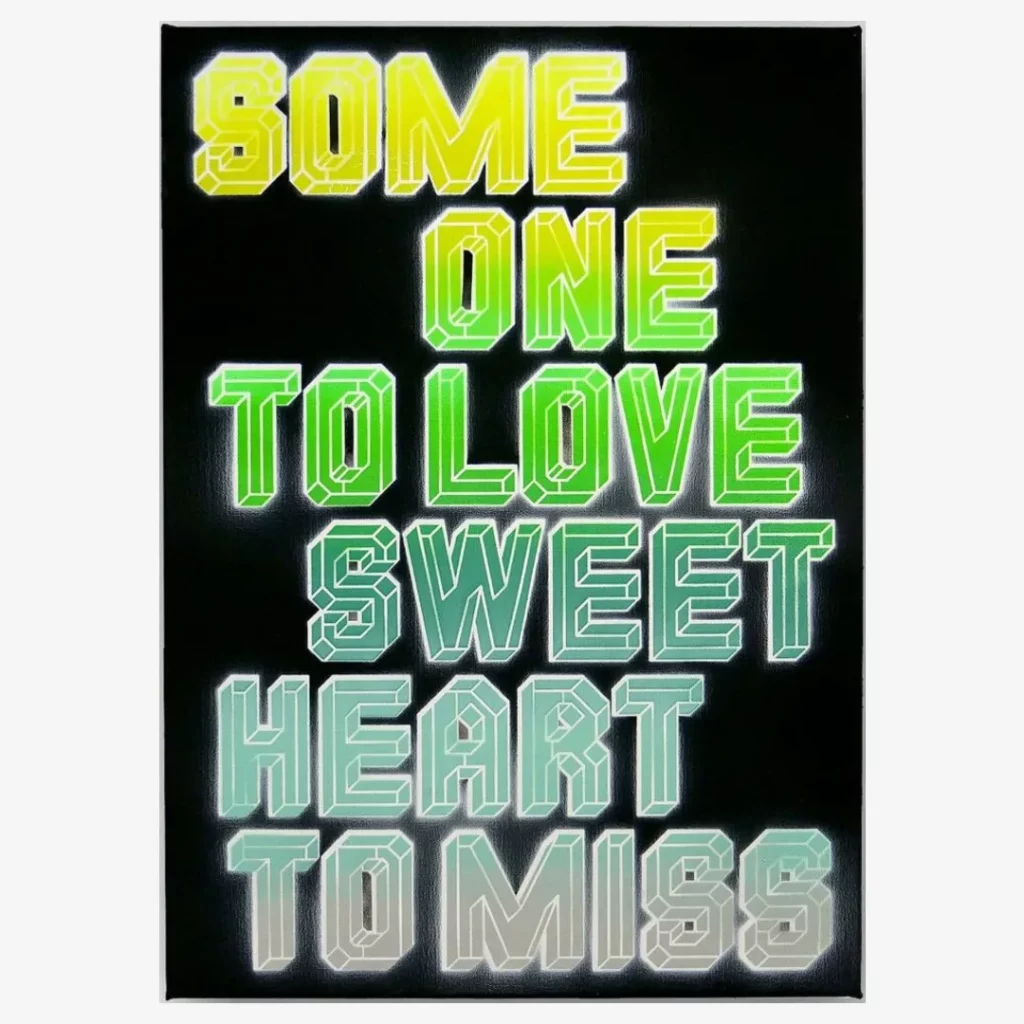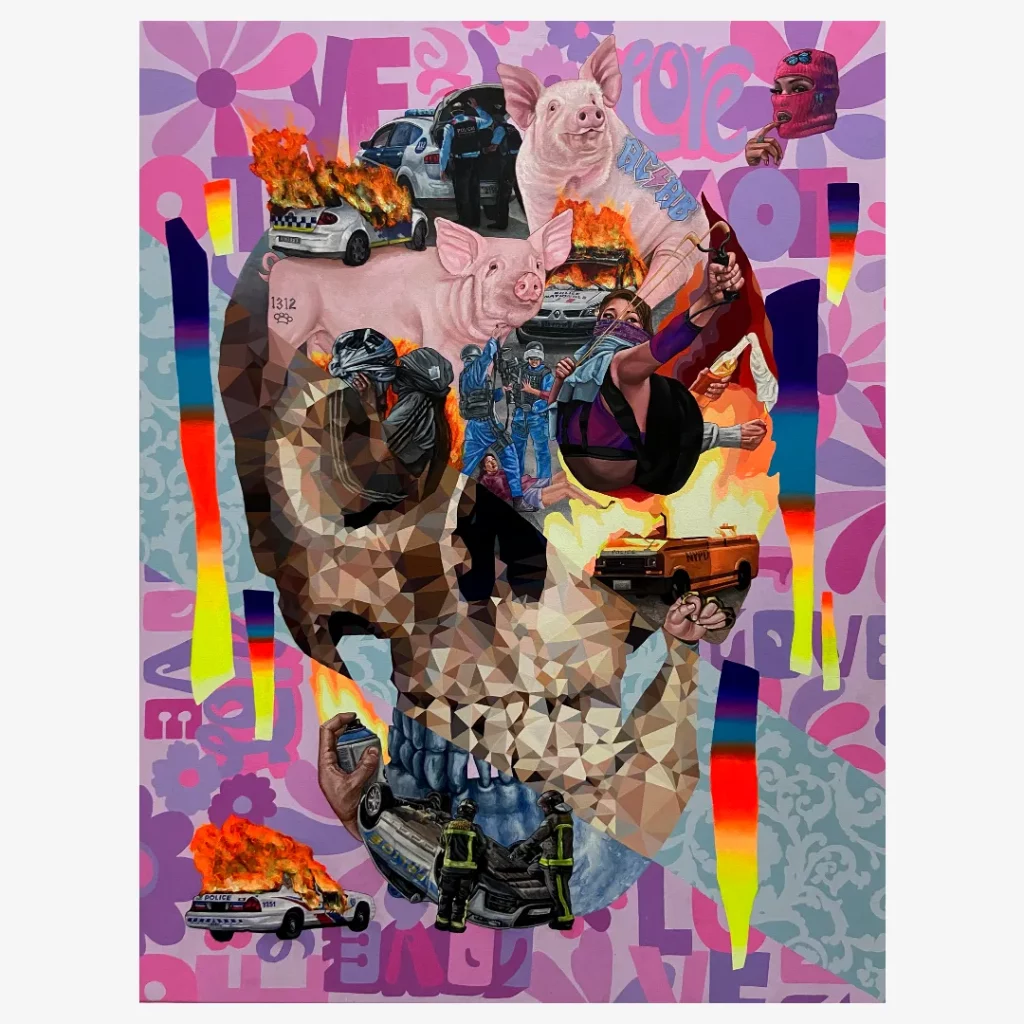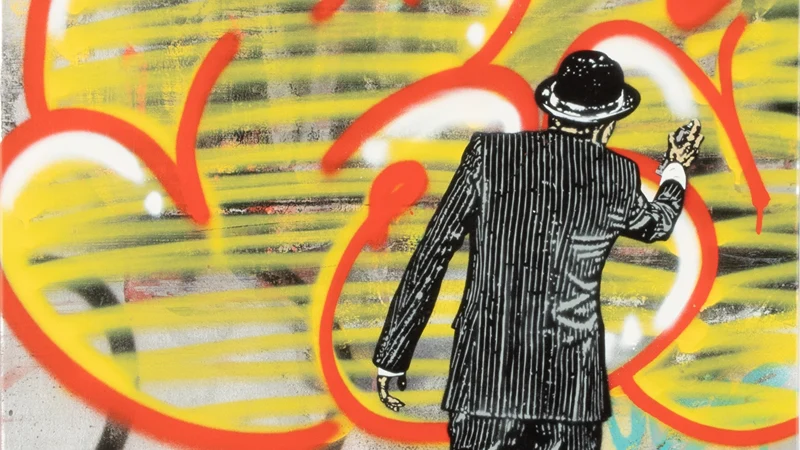Urban art paintings, often found adorning the walls of bustling cities, have become a powerful medium of creative expression and social commentary. With roots in street art, graffiti, and contemporary art movements, urban art paintings offer a dynamic and diverse canvas for artists to communicate their ideas, thoughts, and emotions to a wide audience. In this blog post, we delve into the fascinating world of urban art paintings, exploring their origins, techniques, themes, and impact on modern culture.

Origins and Evolution
Urban art paintings emerged from the streets as a form of alternative expression. They are challenging traditional art norms and often addressing social and political issues. Rooted in graffiti and street art movements of the 20th century, urban art transcends mere vandalism. And over the years has gained recognition as a legitimate form of contemporary art. Artists like Jean-Michel Basquiat, Futura 2000, and Keith Haring were early pioneers who brought urban art into galleries and museums, paving the way for its global recognition.
Techniques and Styles
Urban art paintings showcase an array of techniques and styles, reflecting the diversity of the genre itself. From stencils, wheat pasting, and murals to mixed-media collages, artists employ various methods to capture the energy and spirit of urban environments. Spray paint, markers, acrylics, and even digital tools are used to create intricate layers, vibrant colors, and bold compositions that captivate viewers.

Themes and Narratives
One of the most compelling aspects of urban art paintings is their ability to tell stories and convey messages. Artists use their work to comment on social justice, inequality, environmental issues, and more. Beyond the political, urban art explores personal experiences, cultural heritage, and the human condition. These paintings serve as mirrors to society, encouraging reflection and dialogue among viewers.
Impact on Modern Culture
Urban art paintings have seeped into mainstream culture, influencing fashion, design, and even advertising. The distinct styles and narratives found in these artworks challenge conventional artistic norms and broaden the artistic landscape. Street art festivals, public art installations, and dedicated urban art galleries provide platforms for emerging and established artists to showcase their work, fostering a sense of community and collaboration.

Global Diversity
One of the most striking features of urban art paintings is their global reach and adaptability. Artists from different corners of the world infuse their cultural identities and local stories into their works. From the vibrant streets of Brazil to the alleyways of Berlin, urban art reflects the pulse of each community, creating a rich tapestry of voices that transcend geographical boundaries.
Collectibility and Preservation
As urban art gains recognition and appreciation, collectors are increasingly drawn to its unique charm and relevance. Paintings that were once limited to the streets are now coveted for their cultural significance and artistic innovation. Galleries and auction houses have recognized the value of urban art, leading to its inclusion in prestigious art events and sales.

Urban Art Paintings
Urban art paintings encapsulate the spirit of the streets, breathing life into urban landscapes and transcending traditional artistic boundaries. With their diverse techniques, powerful themes, and global impact, these artworks continue to challenge perceptions and spark conversations.

As urban art evolves, its vibrant palette serves as a canvas for voices that might otherwise go unheard, demonstrating the profound connection between art, culture, and the dynamic cityscape.
Cover image: The Art of Nick Walker

Leave a Reply